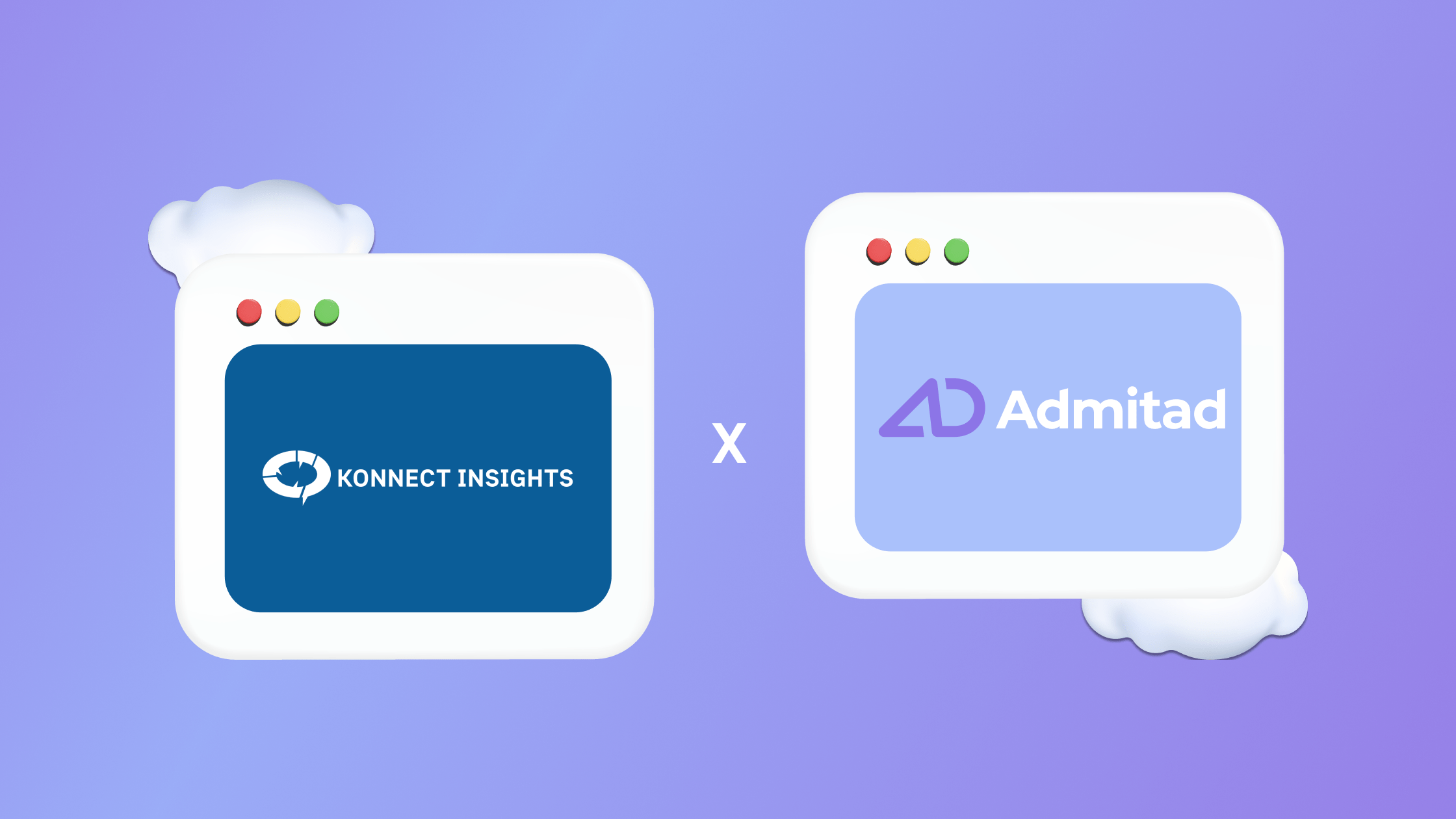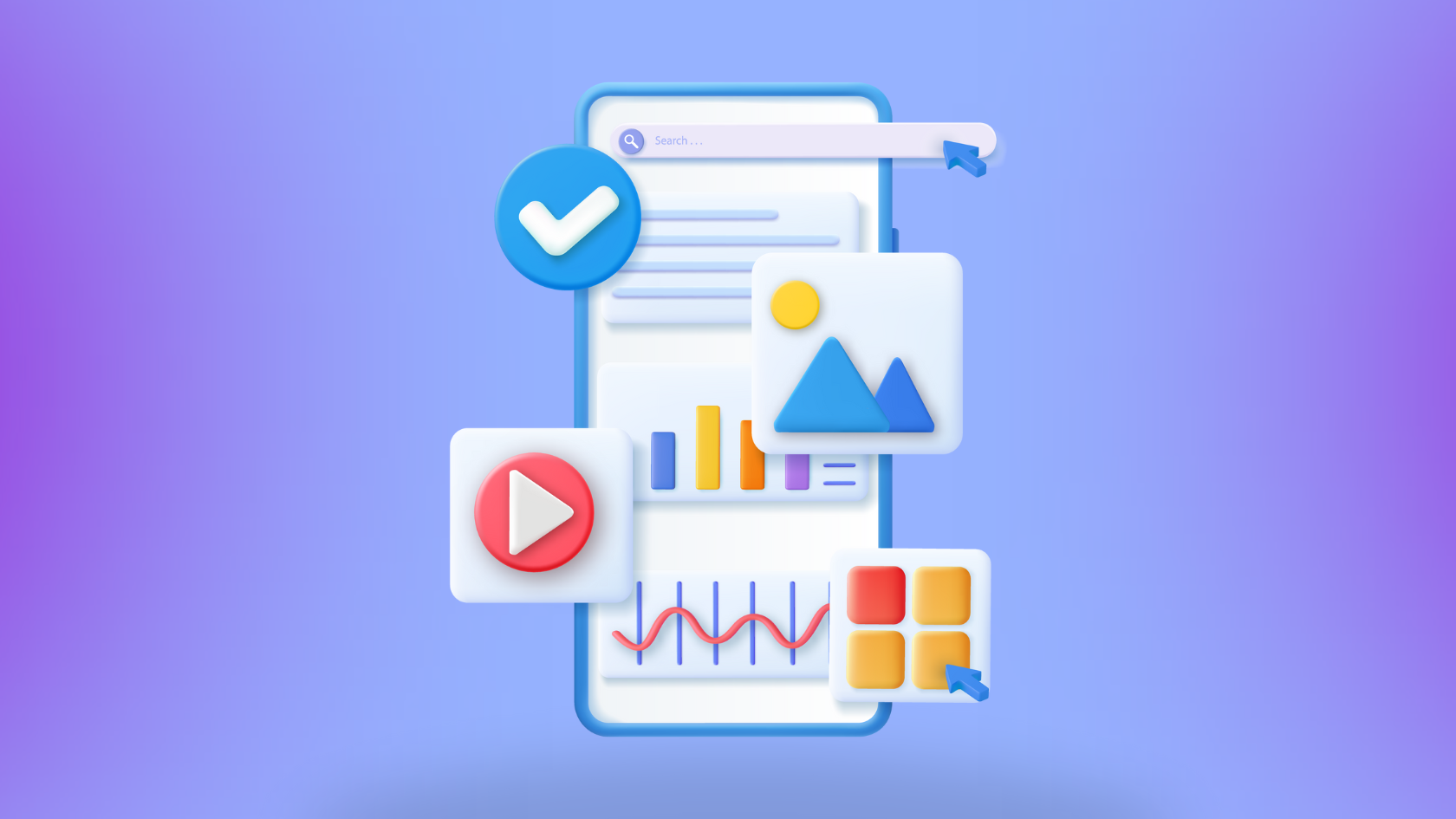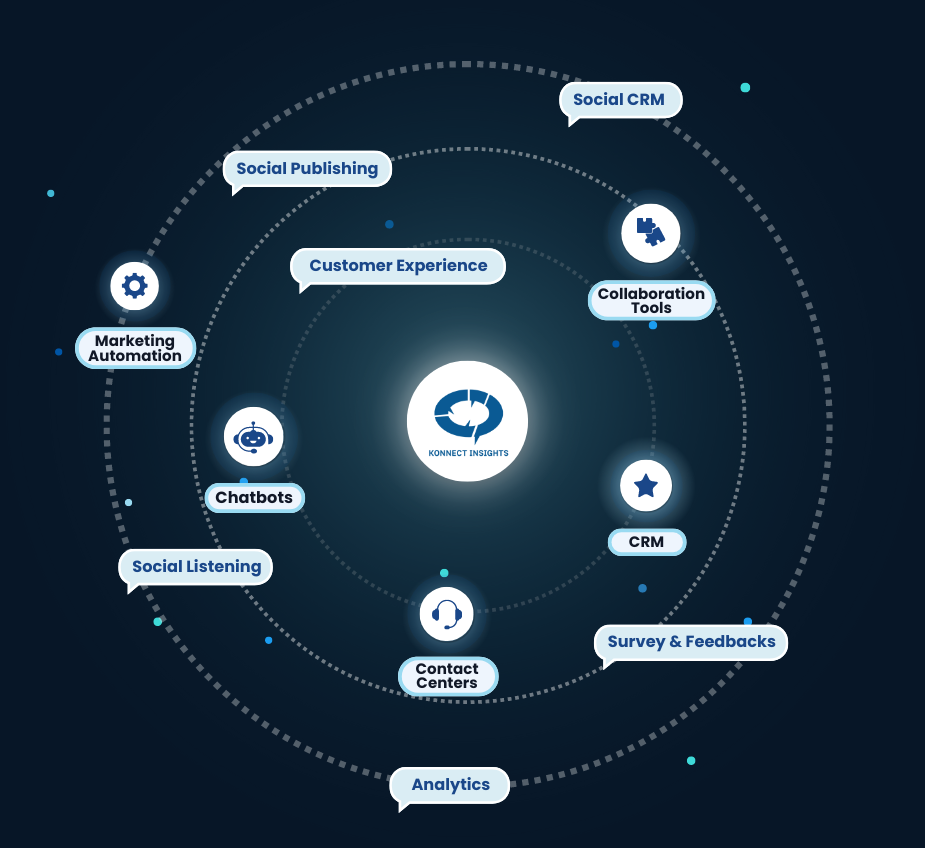Calling all brand owners and marketers! Are you ready to discover the electrifying power of social media for your online business? It’s not just a virtual wonderland; it’s a place where customers seek solutions to their problems. That’s why investing in social media analytical tools is an absolute game-changer!
But wait, there’s more! Imagine yourself juggling multiple social media channels, trying to analyze your brand’s reputation, logging into each platform, and tracking metrics, it’s a tedious nightmare for most. But there is hope yet for all the lost souls out there wading clueless in the murky waters of social media. The superhero of the digital realm is here—the social analytics dashboard!
Get ready to embark on an exhilarating journey as we dive deep into the captivating world of the social media dashboard. It’s not just a platform; it’s a fearless commander that monitors all your social media metrics, leaving you in awe of its unparalleled benefits.
What is a social media analytics dashboard?
A social media analytics dashboard is a piece of software or tool. It tracks, measures, and analyzes the performance of your social media channels. Through it, you can check your follower count, observe post impressions, gain competitor intelligence, and tap into customer sentiments.
A dashboard for social media is typically used to analyze social media and prepare reports. As such, it can play a critical role in your social media strategy.
As a social media manager, you’re entrusted with numerous responsibilities. Luckily, the social media dashboard swoops in to lend a helping hand. It presents you with a unified view, where you can effortlessly oversee posts, track campaigns, and immerse yourself in customer conversations. With an advanced dashboard at your disposal, you can swiftly respond to customer queries and efficiently manage valuable customer data.
What is the purpose of the Social Analytics Dashboard?
The main purpose of a social media dashboard is to gauge the performance of your social media accounts and pages. Tracking the performance of your daily posts and weekly campaigns becomes easier.
Social media strategy thrives on Key Performance Indicators (KPIs) tracked by advanced tools. The essence of a social media analytics dashboard lies in data, but excessive information can lead to confusion.
To ensure clarity, the dashboard should focus solely on data relevant to your business. Customization options and determining key metrics are crucial.
Define social metrics and KPIs that align with your goals. For example, if you aim to expand your audience base, track followers, likes, and impressions. To boost customer engagement, monitor conversations, customer sentiment, and brand mentions.
A robust social media dashboard provides key metrics for shaping marketing plans, increasing conversion rates, engaging customers, boosting revenue, and monitoring brand image. It also enables report generation, facilitating seamless sharing of data and performance updates with your team while on the move.
Watch out: Top 7 Social Analytics Trends 2023
What are the features of a social dashboard?
The features of the social media analytics dashboard determine its usefulness. Its following features can help you in the long run:
1. Integration of all the social media platforms
A powerful social media dashboard monitors all social media platforms with ease. You can track platforms like Twitter, Facebook, Instagram, LinkedIn, Pinterest, YouTube, etc. using it.
You can integrate a new platform into the dashboard with a few clicks. Having all the social platforms in one place promotes effective management of data.
2. Scheduling Posts
Use a social media analytics dashboard that has an inbuilt content calendar. Planning and scheduling your posts will be a lot more convenient with a content calendar.
Its scheduling tools facilitate the swift sharing of all your posts across multiple social media platforms. The dashboard must also have tools for campaign management capabilities. They facilitate better management of campaigns and generate more interest among the audience.
3. Analyzing Customer Sentiments
Tracking trends is essential to making your content relevant to your audience. A dashboard for social media analyzes trends by interpreting customer data and conversations. It provides enough data to understand whether customers are happy with your offerings or not.
By observing customer comments and posts, you can understand their pain points. At the same time, the dashboard allows you to respond to agitated customers. Features like this can help you avert a social media crisis.
4. Gauging Competitors
Competitor analysis helps you fine-tune your social media strategies. The social media analytics dashboard provides you with a holistic view of competitor accounts and posts. Observe their posts and analyze their content to investigate their flaws.
With such features, you can identify trends, maintain uniqueness in the content, and stay ahead with your content strategies.
5. Collaborative Tools
A social media dashboard comprises features that help you collaborate with your team members. Its collaborative tools allow you to communicate, share tasks, and measure the progress of each task.
Having these tools can help you run campaigns without any hurdles. An innovative social dashboard also consists of project tools. These tools allow you to handle multiple projects without any overlap. They support workflow optimization and keep everyone updated during critical projects and campaigns.
6. Reporting Features
You have to analyze the performance of every social media channel while creating a report. So, creating social media reports can be an effort-intensive, time-consuming, and complicated task.
A social media dashboard with rich reporting features helps you generate informative, accurate, and visually appealing reports.
If required, it allows you to create separate reports for each channel. The reports are customizable so that you can include charts, tables, and other forms of data in it. Sharing the report with your clients and team members also becomes easy with the social media analytics dashboard.
Read about: 7 Incredible Benefits of Social Media Analytics
5 Metrics to Track On Social Media Analytics Dashboard
Every business might have its own set of metrics that measure the success of its social media strategies and campaigns. The basic purpose of any social media strategy is to increase customer awareness, engagement, and conversion. To achieve these goals, you can integrate these metrics into the social analytics dashboard.:
1. Reach
To be impactful, a social media post or campaign must first reach its audience. Reach refers to the number of people who have viewed your content.
A social media dashboard can track the reach of different content forms like videos, blogs, posts, etc.
It also divides the reach into non-followers and followers. At times, the reach comprises a large number of non-followers. It indicates that your posts are reaching a wider audience.
Nowadays, social media marketers also track impressions. If the impression is significantly higher than the reach, it means that people are viewing your content multiple times.
2. Engagement Rate
The engagement rate is used to measure the number of shares, comments, and likes accumulated by your content. It is calculated as a percentage of your customers who have engaged with your posts compared to your total audience.
Using this metric for social media dashboards is essential. It tells you whether the audience is engaging with your content or not.
3. CSAT Score
CSAT, or Customer Satisfaction Score measures the level of satisfaction you provide to your customers through customer service. This metric helps you determine whether or not you are making optimal use of social media as a customer service platform.
To increase your CSAT score, encourage your customers to provide high ratings for your support service.
The sum of all individual customer scores is divided by the total number of customers who responded. The answer is then multiplied by 10 to get the CSAT score.
4. Click Through Rate
CTR, or Click Through Rate, measures the success of your posts. It is calculated by analyzing the number of people who have clicked on your post to get additional information. Therefore, it is a key metric for measuring the success of campaigns that intend to increase sales or subscribers.
CTR is measured in percentages. The total number of clicks received by your posts is divided by the total impressions and multiplied by 100 to get the CTR percentage.
5. CPC
CPC, or Cost Per Click, is the amount spent for each click on your social ads. It is calculated by dividing the total ad expenses by the total clicks. The answer is then multiplied by 1000 to get the final CPC.
Brands also tend to track metrics like conversion rate, CPM (Cost Per Thousand Impressions), etc. to measure the success of their ads. Apart from these key metrics, you can also include other metrics in the social analytics dashboard. It all depends on the goals of your social media strategy.
Continue Reading: 12 Step Guide on How to Track Social Media Analytics
Popular Examples of Social Media Analytics Dashboards
Some popular social media analytics dashboard examples are listed below:
1. Facebook Ads
It tracks all the KPIs of your Facebook ads in one place.
2. YouTube Analytics Dashboard
The YouTube Analytics Dashboard helps you gain insights into your audience’s engagement using performance analytics.
3. Instagram Dashboard
The KPIs of Instagram campaigns can be tracked using this social media dashboard.
4. Twitter Ads
It helps you analyze how your Twitter ads are performing.
5. LinkedIn Analytics
It helps you grow your audience base by measuring and analyzing the performance of each post.
Apart from these, you can also use other cases of social analytics dashboards as per your marketing needs.
Learn more about: Types of Social Media Analytics For Improving Campaign Performance
Conclusion
In conclusion, understanding the immense potential of a social media analytics dashboard is vital for effective strategizing, planning, and monitoring of your social media efforts. Choosing the right dashboard can make all the difference.
Consider exploring platforms like Konnect Insights, an all-in-one customer management platform that offers a comprehensive solution. With Konnect Insights, you can manage customer experiences, gain valuable insights, and harness the power of performance reporting and competitor intelligence.
Enjoy visually appealing dashboards and powerful business intelligence tools that provide a quick understanding of your brand’s perception. Leverage social listening capabilities to dive deep into customer expectations and sentiments.
With automated daily reports, seamless sharing tools, and other advanced features, Konnect Insights simplifies the management of your social media strategies, allowing you to focus on what truly matters—building meaningful connections with your audience.






























